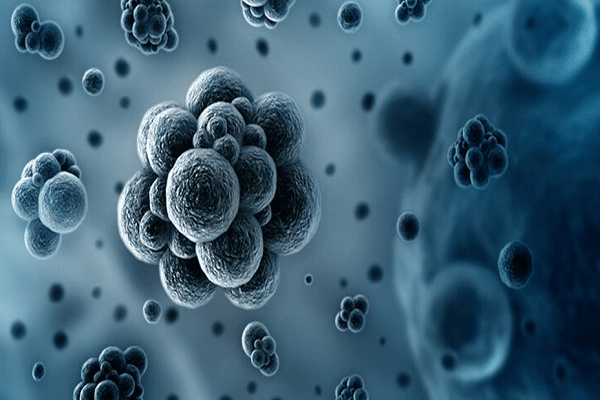Nose reshaping surgery, commonly known as a “nose job” or rhinoplasty, is a cosmetic procedure aimed at enhancing the appearance and functionality of the nose. While it’s often associated with aesthetics, rhinoplasty serves functional purposes as well, such as improving breathing and correcting structural issues. This article delves into the science behind this procedure, providing insight into what you can anticipate, its medical foundations, and the expected outcomes.
Contents
Understanding Nose Reshaping Surgery
The Art and Science of Nasal Aesthetics
Nose reshaping surgery is a fusion of artistry and scientific principles. Surgeons meticulously assess a patient’s facial proportions and unique nasal features, combining their artistic sensibilities with anatomical knowledge to achieve a harmonious and balanced appearance.
Before the procedure, patients consult with their surgeons to discuss their expectations. Advanced imaging techniques, including computer simulations, may be used to visualise potential outcomes, aiding in precise surgery planning.
Functional Improvement
Beyond aesthetics, nose reshaping surgery often addresses functional concerns. Deviated septums, nasal obstructions, and structural issues can lead to breathing difficulties. The procedure can correct these problems, improving airflow and overall quality of life. This functional aspect is rooted in the science of nasal anatomy and physiology.
The Surgical Process
Anesthesia and Incisions
Nose reshaping surgery can be performed under local anaesthesia with sedation or general anaesthesia, depending on the complexity of the procedure and patient preference. Surgeons make incisions either inside the nostrils (closed nasal surgery) or across the columella (the tissue between the nostrils) and inside the nostrils (open nasal surgery). The choice depends on the goals of the surgery.
Reshaping the Nasal Framework
The core of nose reshaping surgery lies in reshaping the nasal framework, achieved by modifying cartilage and bone. Surgeons possess an intricate understanding of nasal anatomy, allowing them to precisely manipulate these structures. Common techniques include reducing or augmenting the nasal bridge, refining the nasal tip, and correcting deviations.
Nasal Breathing Improvement
For functional nose reshaping, surgeons may address nasal obstructions by straightening the septum or reducing enlarged turbinates. These procedures are grounded in anatomical knowledge and airflow dynamics to restore optimal breathing.
Sutures and Incision Closure
After reshaping the nose, surgeons meticulously close incisions using dissolvable or small external sutures in the open nasal surgery approach. The choice of sutures and techniques depends on the surgeon’s preferences and the patient’s needs.
Recovery and Healing
Swelling and Bruising
Post-surgery, patients can expect swelling and bruising around the nose and eyes. This is a natural part of the healing process and varies from person to person. Scientific understanding of tissue response and inflammation guides surgeons in managing these effects.
Splints and Bandages
To maintain the newly shaped nose, surgeons often place splints and bandages on the nose. These aids support the nasal structure as they heal and reduce the risk of complications. Scientific knowledge about wound healing and tissue mechanics informs the choice of materials and techniques used in these post-operative measures.
Results and Expectations
Patience Is Key
The final results of nose reshaping surgery may not be immediately apparent. It can take several weeks to months for the swelling to subside fully and for the nose to settle into its new shape. Patients must have realistic expectations and understand that the healing process is gradual.
Long-lasting Improvements
When performed by a skilled surgeon, nose reshaping surgery can lead to long-lasting improvements in both aesthetics and function. The scientific principles behind the procedure ensure that the changes made to the nasal structure are enduring and that the nose functions optimally.
In conclusion, rhinoplasty is a complex blend of artistry and science, where surgical skill and anatomical understanding combine to achieve the desired results. Patients can expect not only aesthetic improvements but also functional enhancements, such as improved breathing. The surgical process involves precise incisions, reshaping of the nasal framework, and careful closure to achieve the desired outcome. Understanding the science behind nose reshaping surgery can help individuals make informed decisions about their procedures and set realistic expectations for the outcome.




